Even though most universities would like to see otherwise, research and teaching don't always go hand in hand. What are the best ways to integrate research in teaching? During the seventh edition of CEL's Innovation Room, four speakers shared their thoughts on the research-teaching nexus.
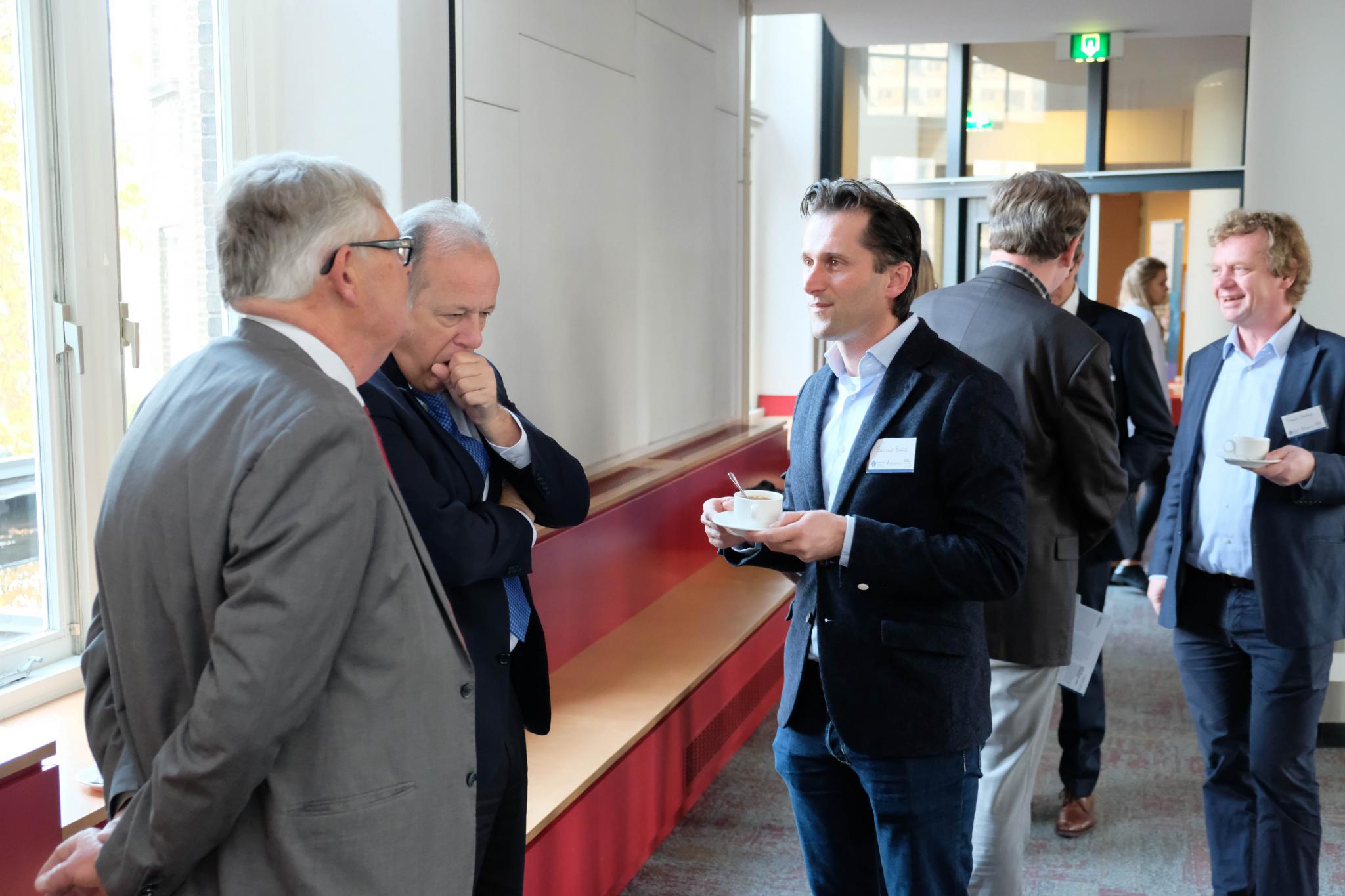
Strategies for engaging students in research and dissemination - Helen Walkington (Principal Lecturer at Oxford Brookes University)
The research-teaching nexus has several levels:
- Research led: the students are gathering information on existing research;
- Research tutored:the students are exploring other people's ideas;
- Research oriented: the students are evidencing and developing own ideas;
- Research based: the students make their own discoveries, and feel free and empowered.
One of Helen Walkington's students did a research on the carbon footprint of TESCO onions from New Zealand, Spain and England. The results could've been of interest to TESCO, consumers and the Department for Environment, Food & Rural Affairs. Instead, the research was graded and now sits on a shelf collecting dust. Students usually don't get the opportunity to refine, publish of share their research with a greater audience.
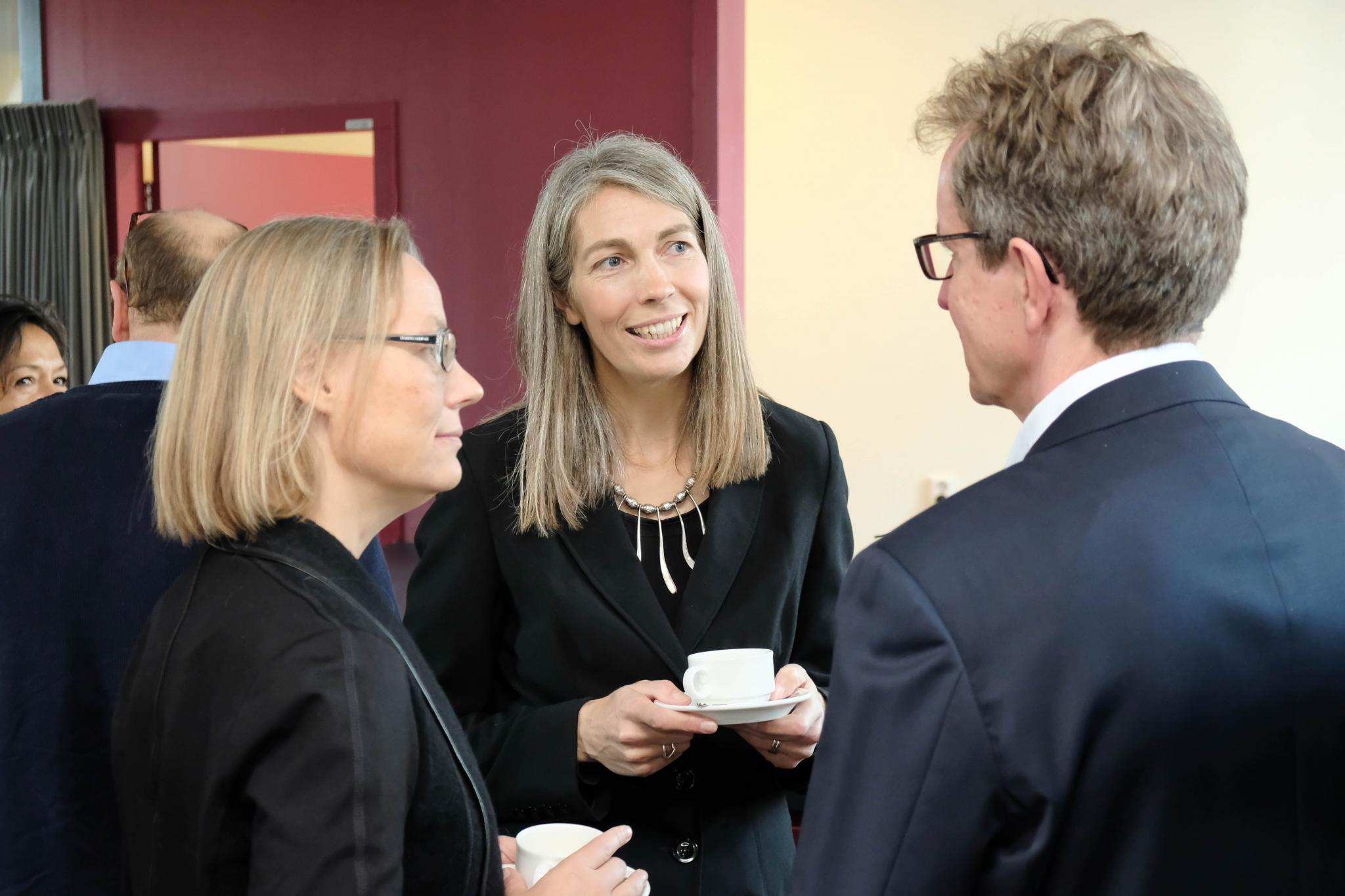
Walkington compares the degree to which a research is shared beyond the curriculum with the aperture of a photographic lens:
- Aperture 1: sharing with next year's cohort. For example: a couple of students formed a Student Theatre Appreciation Society, in which they discussed theatre and performance art. Instead of just sharing their thoughts among eachother, they started a blog with theatre reviews.
- Aperture 2: sharing with the discipline. For example: chemist Hasok Chang turned his undergraduate class into a research community. Together they studied chlorine. Each year’s students improved and expanded on the work of the previous year. This led to a full-blown academic textbook on the subject.
- Aperture 3: a public blog for the local community. For example: the year one architecture and interior architecture BA students at Oxford Brookes launched a tutor-mediated blog (OB1) about their work and projects.
- Aperture 4: a multidisciplinary national conference. For example: the British Conference of Undergraduate Research (BCUR), which invites undergraduate students to present their work to a multidisciplinary crowd.
- Aperture 5: international competitions and conferences. For example: the Formula Hybrid Competition, an interdisciplinary design and engineering challenge. Undergraduates and graduates are asked to design and build a hybrid racecar.
In 2007, Walkington launched a undergraduate research journal: Geoverse. Post-graduates would give feedback to undergraduates, and the best research work could be published. This gave undergraduates a sense of ownership, a better understanding of the subject and a sense of creativity. Within the curriculum, they also learned applying constructive criticism and critical evaluation. Beyond the curriculum, they reported that they gained a desire for further dialogue about their research, academic recognition and the motivation to publish more work.
However, as one of Walkington's students indicated, the journal lacked the possibility of further dialogue. This is why several conferences were held to offer students a platform to present their research results to a diverse audience. This made undergraduates step out of the bubble of their own discipline and reconsider the importance of their work.
What is it about the research that makes it interesting? And what makes it important for other people? By talking to people outside of their discipline, the students got a better understanding of their own work. There was only one problem: the feedback and new insights came too late to have an impact on the students' mark.
According to Walkington, the key solving this issue is dialogic feedforward (instead of just feedback). "If we expect students to become researchers, we should treat them as such from day one."
Dissolve the contemporary dichotomy - Roeland van der Rijst (Assistant Professor at ICLON)
Throughout his career, Roeland van der Rijst has focused on the research-teaching nexus. He argues that the way to dissolve the dichotomy between academe is to consider researchers, teachers and students as part of the same academic community. To do this, we first need to acknowledge that universities are keeping the dichotomy alive in their buildings, terminology, curricula and way of thinking.
Research based teaching has shown benefits for students. Students increase their understanding and knowledge, improve their skills and gain matured dispositions towards research. They also gain a feeling of competence, autonomy and relatedness. By doing research, students change their view on the world, their discipline and on what it is to gain knowledge.
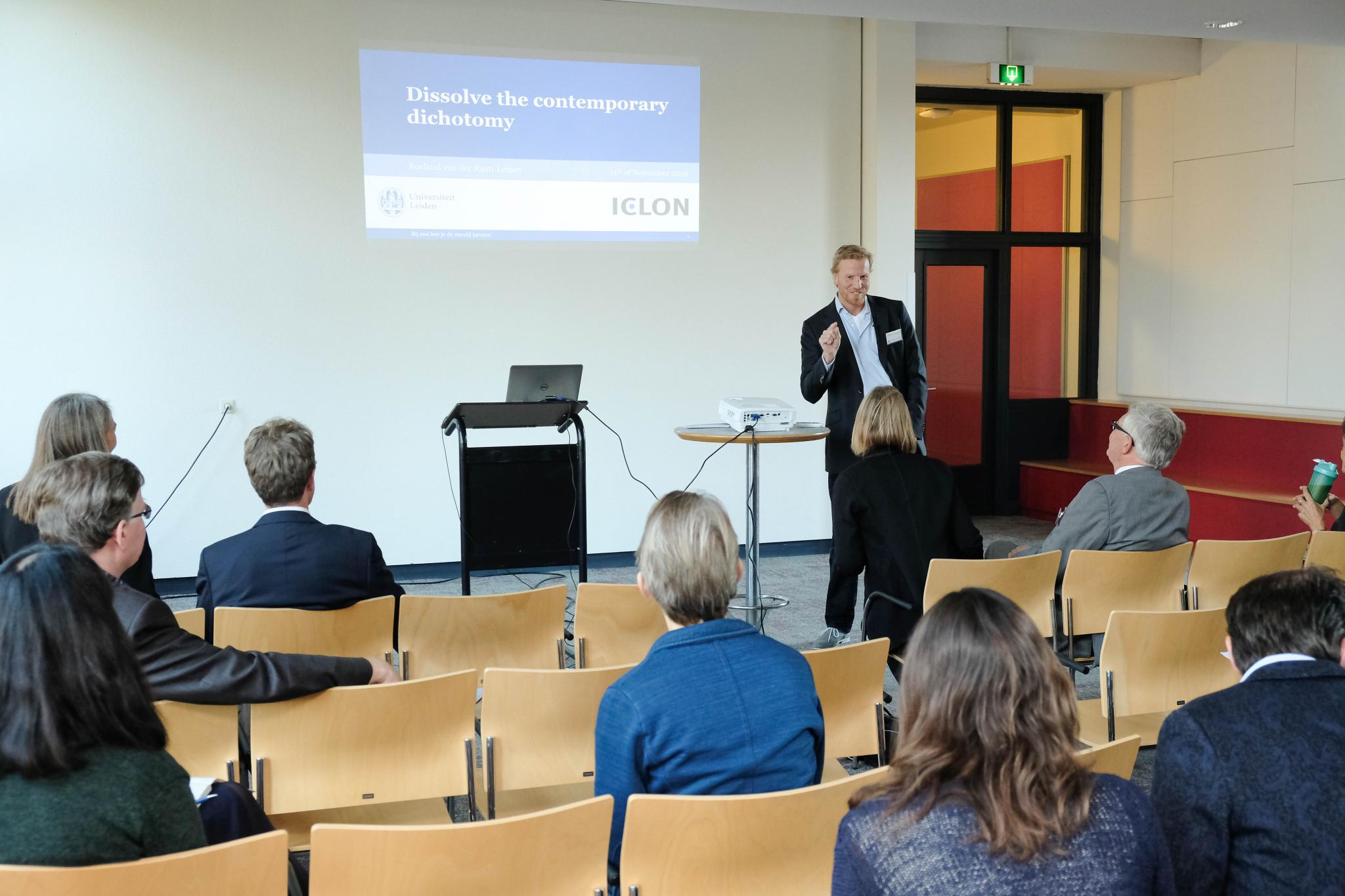
Bringing research and teaching together as one calls for institutional change:
- Curriculum design. Van der Rijst would advise any teacher to start their courses with a research problem. That way, they can directly show the relevance of the course to the students. Through working on the problem, students learn the course content.
- Communities of practice. Making students feel included within the academic community benefits their motivation and a feeling of belonging.
- Academic identity. Teaching always takes place at institutions and teachers also identify as academics or researchers. Some institutions deliberately separate research and teaching duties, but this is not always beneficial for teaching and students.
- Whether teachers implement research in their teaching, depends on the research culture and support at the university. The teacher does not stand alone.
However, we can only establish real change if we:
- acknowledge students, teachers and researchers all belong to one community;
- note we all feel a love for knowledge;
- understand that the heart of academe centers around 'episteme'.
Changing our terminology and ways of thinking can bring change. Therefore, we need to treat students as new colleagues in academe. Our core business should be doing research together. Approaches like research based teaching become meaningless when research and teaching become one.
Van der Rijst shares some insight on how to achieve this:
- Use an apprenticeship model:
- Professors guide PhD’s;
- PhD’s guide graduates;
- Graduates guide undergraduates;
- Undergraduates guide freshmen. - Renegotiate the role of undergraduates and graduates in research grant proposals.
- Renegotiate the role of graduates and undergraduates in research groups.
- Reconsider your studies: how can undergraduates and graduates assist you?
- Re-evaluate the academic development opportunities (for all scholarly roles) at your institute.
The science of teaching science - Friedo Dekker (Professor of Clinical Epidemiology at LUMC)
The CanMEDS-framework describes the key competencies physicians require to effectively meet the health care needs of the people they serve. These competencies are organized under seven major roles of a physician: medical expert (the central role), communicator, collaborator, manager, health advocate, professional ánd scholar.
In the Netherlands, we have a national blueprint of medical education, which aims to make every student a good doctor, and some of them good researchers. For this reason, critical appraisal of existing literature and doing research projects is an important part of the curriculum.
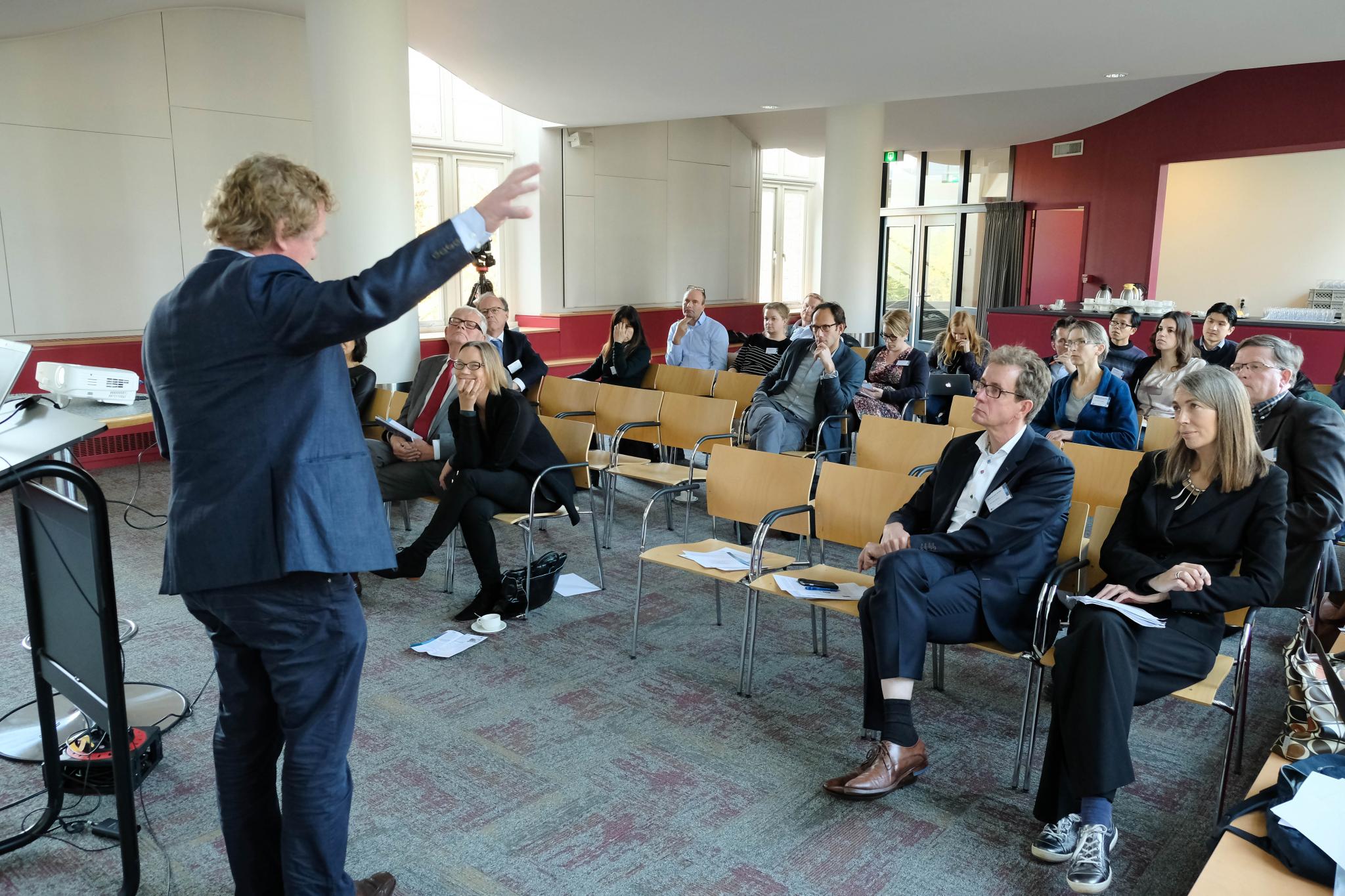
Several factors could have an impact on the improvement of undergraduate science education:
- active learning;
- assigning small scale activities;
- authentic assignments;
- challenging and motivation the students.
However, Friedo Dekker's faculty has a limited amount of time, ECTS and teaching staff, and 300 medical students each year. How can teachers improve science education despite these issues?
Example 1
All first year medical students typically do an two-week internship at a nursing home in September. Dekker gave them an extra assignment: collect data on three selected patients and submit it to a webbased data entry system. In December, students were asked to go back to the nursing home and collect the same data. In January, the students were expected to present a research question based on the collected data, read a paper, present their work, solve their research question and do a short exam in a two-week course. The result of this extra assignment was an increase in skills. Student perceptions also showed an increase in critical reflection, participation in research, motivation for research and familiarity with current research.
Example 2
Students were asked to look through six medical journals and found a total of 189 unique advertisements. Out of this batch, they selected all ads with a claim on effectiveness, and a reference to an RCT (Randomized Controlled Trial). Every student was asked to rate two advertisements and RCTs, submit the input into a data entry system and present it to the class. This resulted in a big dataset, which served as material for the students to analyze and formulate their own findings. Moreover, the course taught students that critical appraisal is important.
The challenge of integrating research into a regular educational programme - Walter van den Broek (director of psychiatric residency training at Erasmus MC) and Silvia Mamede (Department of Psychology, Erasmus University)
Research on teaching clinical reasoning (the process in which doctors recognize the key features of an ailment) is very scarce. Traditionally, developing medical students’ clinical reasoning has been left to clinical rotations. However, these rotations usually offer limited practice and suboptimal supervision. Medical schools have recently responded by organizing clinical reasoning courses.
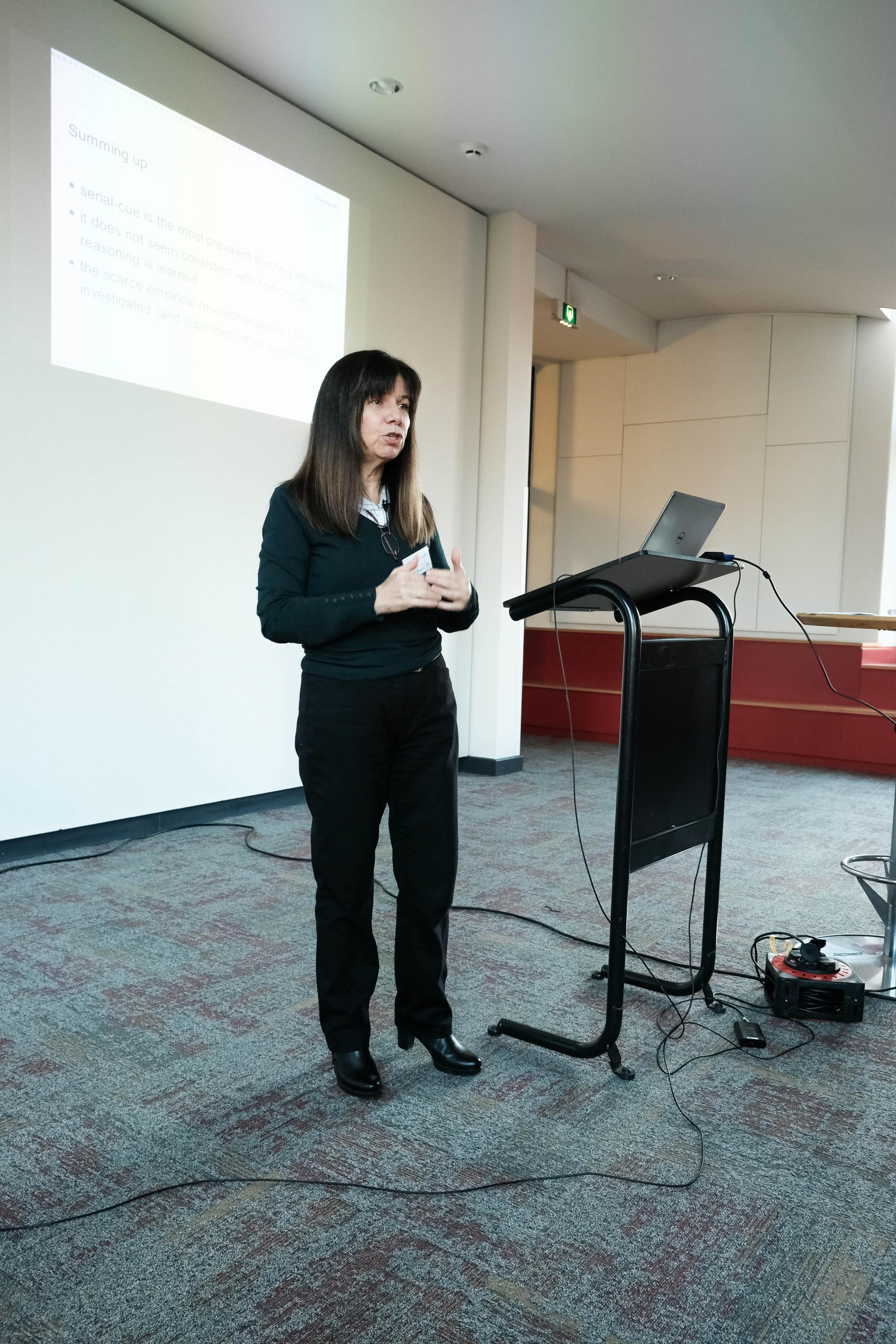
The most prevalent approach in clinical reasoning courses is the serial-cue approach. This approach simulates a real clinical encounter, in which students are required to make a step-by-step diagnosis. They are provided with some of the patient's complaints, but need to indicate which additional information they need to arrive at a diagnosis.
While serial-cue is the most prevalent approach in teaching clinical reasoning, it may not be the best. It does not seem consistent with how clinical reasoning is actually learned. Scarce empirical research indicates that other approaches may be more effective:
- Self explanation: while diagnosing clinical cases, students read the case and explain it aloud to themselves. The students are directly presented with the complete case, unlike the step-by-step serial-cue approach.
- Structured reflection: students compare cases in which patients have similar complaints. They are asked to indicate which signs and symptoms support their diagnostic hypothesis, and which ones do not.
To compare the effectiveness of the serial-cue, self-explanation and structured reflection approaches, Silvia Mamede and Walter van den Broek did their own research, testing a total of 385 second year medical students. All of them were presented with the same diagnostic test.
While there might have been some influencing factors (initial competence, participants' perception of the study), the research showed interesting results:
- In the two-week learning phase, students who used the serial-cue approach performed better;
- In the test phase, students who used self-explanation and structured reflection performed better.
This is an article by Jelena Barisic.
